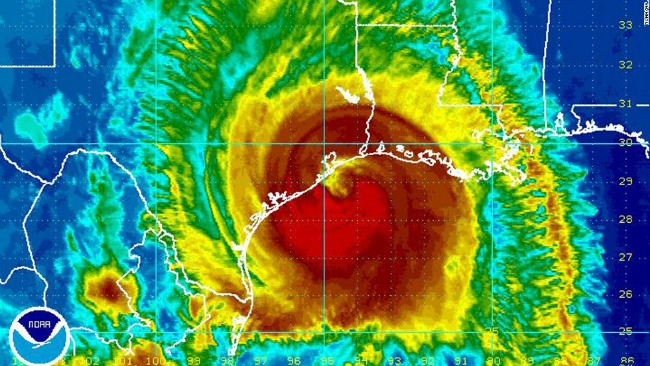
Climate is the average weather pattern that occurs in a particular area. Weather is the short-term variations and conditions of temperature, humidity, precipitation, atmospheric pressure, and wind (Montagna et al. 2013). As you move from the equator towards the poles, either the Arctic or Antarctic, temperature, precipitation, and humidity generally decrease (Montagna et al. 2013).
The world’s major communities including the dominant vegetation, species and climatic conditions are referred to as biomes. Biomes vary depending on the geographic location and can be categorized by climatic features such as the relationship between precipitation and temperature, and whether the biome is aquatic or terrestrial. Some terrestrial biomes include desert, tropical rainforest, tropical savannah, Mediterranean, and tundra. Some aquatic biomes include wetlands, estuaries, oceanic abyssal, and ocean pelagic.
A biome has characteristic seasonal patterns, which makes knowing the biome of an estuary’s watershed important for the timing of freshwater inflows. For example, in southwest Texas, the dominant biome is grassland/shrublands, and the climate is mainly semi-arid. The seasonal cycle is a dry winter, rain in the spring, and hot summers. Grasses and shrubs on rolling plains characterize the vegetation although agriculture has significantly altered this historically dominant vegetation. Here, the timing of significant freshwater inflows occur in the spring or fall due to precipitation. The freshwater inflows can flush excess organic material and mix lush nutrients into the estuarine system. In Texas, hot and dry summers can cause estuaries to become still and stagnate leading to high temperatures and low oxygen content in the water. In northern North American estuaries, snowmelt in the spring plays a large role in contributing freshwater inflows to the estuaries.
Coastal storm, especially hurricanes can reallocate sand, sediment, and mud, tear up shorelines and vegetation. Storm winds can create violent currents that damage habitats and push saltwater upriver. Other storm events like floods reduce salinity levels while droughts can result in higher salinity.
Sea level rise also poses a threat to the World’s estuaries. Global climate is warming at an accelerated rate, causing polar glacier to melt (IPCC 2013). Glacial melt increases the water in the World’s oceans. A warmer ocean also will experience thermal expansion, which will lead to higher sea levels (IPCC 2013). The increase of sea-level rise in the oceans causes an encroachment upon the coastal wetlands and is referred to an inundation (IPCC 2013).